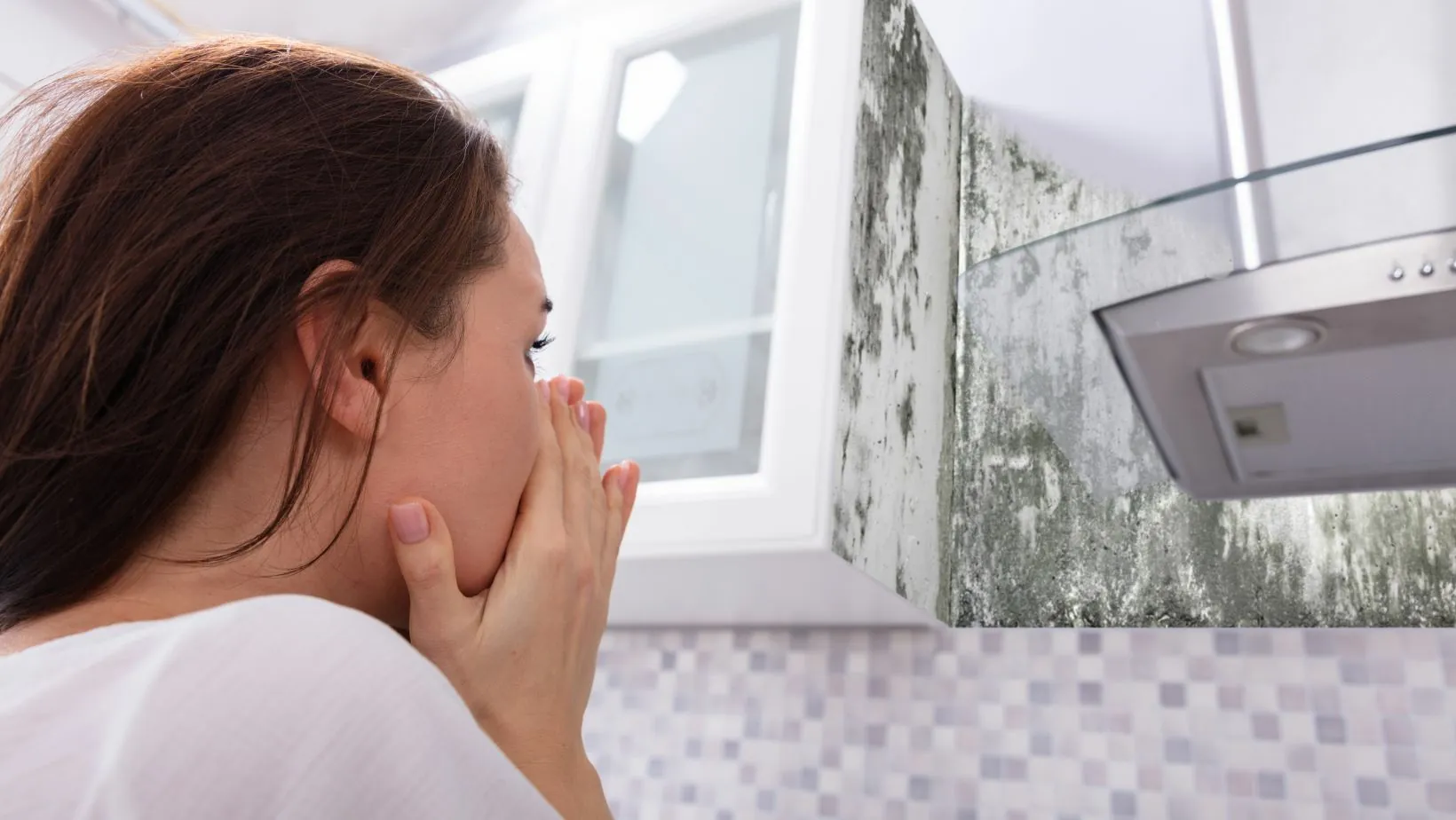Toronto’s climate has many things going for it—diverse seasons, vibrant greenery, and beautiful lake views—but with high humidity, especially in the summer and fall, comes a hidden danger: mold. Many homeowners are surprised to discover that the air quality inside their home can directly lead to faster and more aggressive mold growth. Understanding how humidity affects this process is key to protecting your property and your health.
Table of Contents
ToggleWhy Mold Thrives in Humid Conditions
Mold is a type of fungus that spreads through airborne spores. It thrives on moisture, making damp or humid conditions the perfect breeding ground. When indoor humidity levels rise above 60%, even for short periods, mold can begin forming on walls, ceilings, floors, and furniture. Areas with poor ventilation—like basements, bathrooms, and attics—are especially vulnerable.
Humidity doesn’t just provide moisture; it creates a consistent environment for mold to settle, expand, and damage your home. That’s why effective mold removal in Toronto often involves not just cleaning visible growth but addressing the root cause: elevated moisture in the air.
The Toronto Climate Factor
Toronto experiences fluctuating weather patterns throughout the year. While winters are dry, summers bring high humidity levels that frequently climb above the safe range. Add to that frequent rainstorms, snowmelt, and aging housing stock, and you have a recipe for recurring mold issues.
Homes in Toronto with poor insulation or older HVAC systems may struggle to regulate indoor humidity, further accelerating mold growth. This is why many residents turn to professionals for mold removal in Toronto, especially after wet seasons or when HVAC issues go unresolved.
Common Places Where Humidity Triggers Mold
You don’t need to experience flooding to have a mold problem. In high humidity, moisture can condense on cold surfaces like pipes, windows, or poorly insulated walls. This buildup supports fungal growth in hidden areas you might overlook, such as:
- Behind drywall and wallpaper
- Inside bathroom cabinetry
- Around basement foundation walls
- On window sills and HVAC vents
- Underneath carpets or hardwood flooring
Toronto’s older homes, particularly those without modern vapor barriers or sealed basements, are at a higher risk. Targeted mold removal in Toronto often focuses on these problem zones.
Red Flags That Humidity Is Too High in Your Home
Wondering if your home is too humid? Here are some common signs:
- Foggy windows or visible condensation
- Musty or earthy odors, especially in basements
- Peeling paint or bubbling wallpaper
- Mold spots forming in corners or near vents
- Feeling sticky or damp air indoors, even with the A/C running
Using a hygrometer can help you monitor humidity levels regularly. Keeping your home between 30% and 50% humidity can prevent the need for frequent mold removal in Toronto.
Steps to Prevent Humidity-Induced Mold
Prevention is always better than cure. Here’s how Toronto homeowners can reduce the risk:
- Install and run a dehumidifier during humid months
- Ensure bathrooms and kitchens are well-ventilated with exhaust fans
- Repair leaky pipes, cracked windows, and roof issues quickly
- Avoid drying laundry indoors without adequate ventilation
- Clean and inspect HVAC systems regularly
Many cases requiring mold removal in Toronto stem from simple oversights like blocked vents or wet building materials left to dry on their own. Being proactive can save you thousands in future remediation costs.
When It’s Time to Call the Experts
Some mold problems are simply too advanced for DIY solutions. If you notice recurring mold patches, experience allergic reactions indoors, or suspect mold behind walls or ceilings, it’s time to contact a certified remediation team. Professional mold removal in Toronto ensures not only that the visible mold is removed, but also that spores are eliminated from the air and moisture sources are addressed.
Certified mold specialists will perform a full assessment, determine the scope of contamination, and use safe, effective tools like HEPA filters and negative air pressure machines to contain and eliminate the issue. If you’ve already tried store-bought cleaners and the problem returns, professional help is the only way to ensure long-term relief.
Protect Your Home Before Mold Becomes a Bigger Problem
Toronto homeowners face a unique challenge with mold due to the city’s humid climate. Waiting too long to act can result in permanent structural damage, reduced property value, and ongoing health risks for your family. Fortunately, by understanding how humidity fuels mold growth and taking preventative steps, you can reduce your risk significantly.
If you’re already seeing signs of mold or suspect that your indoor air might be too humid, don’t wait. Schedule a professional inspection and take control of your indoor environment. Trust experienced specialists in mold removal in Toronto to assess, treat, and prevent mold issues from escalating.

Protect your home—before the next humidity spike brings mold back with a vengeance.


